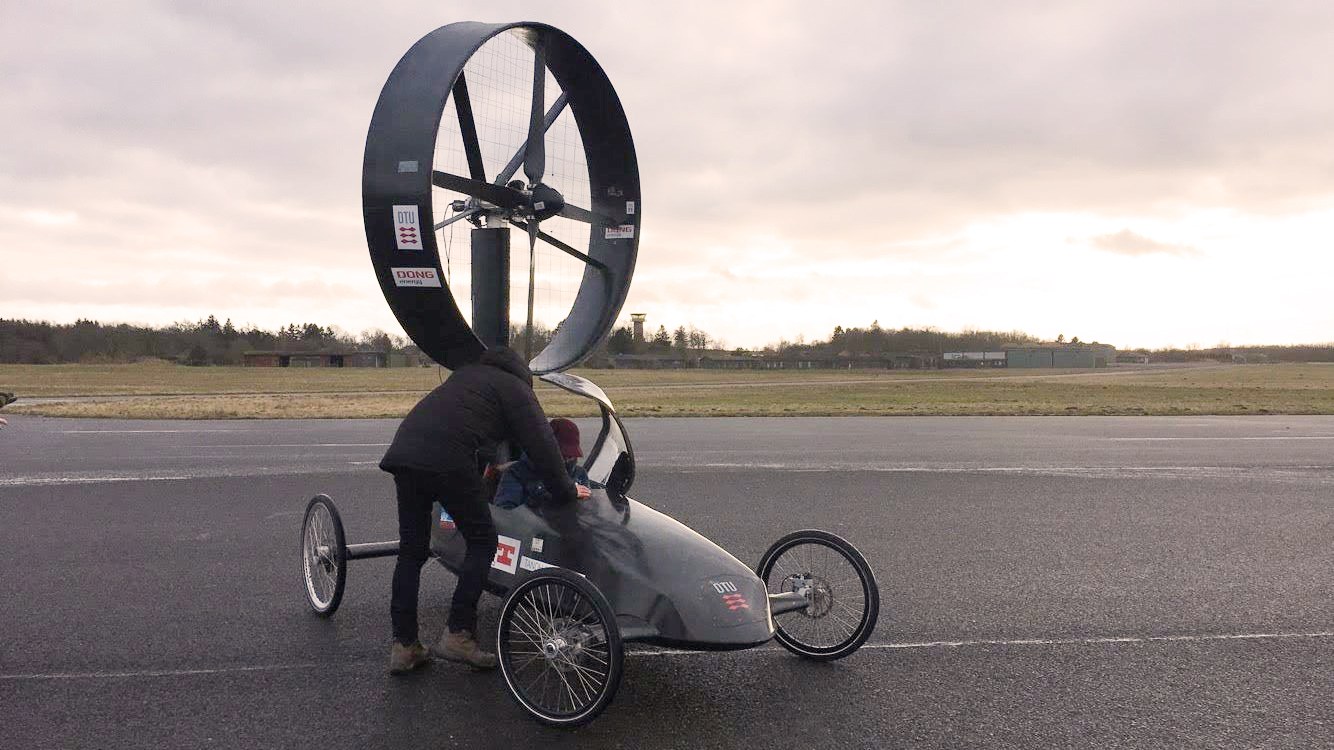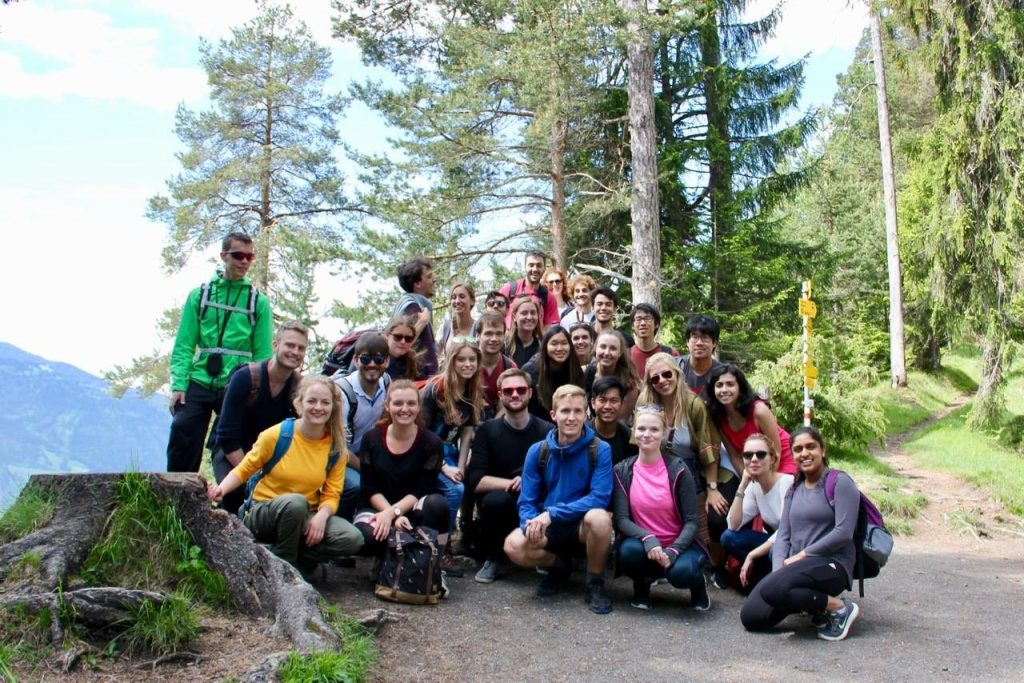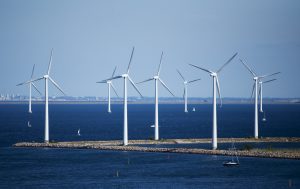Ever feel stressed about moving to a place you have never been? A place without a single familiar face, a single familiar hangout, not even those chain stores you see everywhere. You want to be independent, capable of taking care of yourself in this environment of uncertainties. You don’t want your fears to diminish how incredible this experience of going somewhere new will be, but you cannot shake off worrying about how you will adjust.
Imagine if you could put away those fears of the unknown, and be prepared to take on any hurdle coming in your way. On top of that, imagine maximizing your exchange and achieving all the goals you’ve set. Thanks to my friend Norton who went to DTU before, and came up with this abridged “Guide to Exchange with CIE”. The topics covered:
- Know what you want to get out of the exchange
- Pre-Departure
- Accommodations
- International Administration
- Academics and On Campus Activities
- Booking Flight and Packing
- Finances
Know what you want to get out of the exchange
Even though CIE requires you to register in 4 courses at your destination university, the workload might feel different than at UBC. This is because grades from your exchange courses will not appear on your official UBC transcript – your courses only show up as transfer credits (although if you are planning on applying to grad school, they will want to see the transcript from your exchange university). Therefore, you can choose to focus on travelling instead of just academics. I don’t doubt that some of you would like to focus on academics, since international institutions usually provide rare courses that you can’t take at UBC. Because we are limited in energy and time, if we try to achieve perfect grades and travel to numerous countries, we will burn out. So know what you want. Don’t feel pressured to visit all the countries in Europe; you can stay-in, study, and absorb local culture if that’s what is more meaningful for you.
As someone with a lower energy level, I was so happy to discover that Denmark has a “hygge” culture that values coziness; for instance, cuddling up to the fireplace with a nice cup of coffee in a dimly lit café. So, I think I will focus more on local activities and events, such as joining DTU Bachata dance class and the BEST club (Board of European Students for Technology).
Above all, knowing what you want allows you to focus on the bigger picture. When I picture my ultimate goal of creating a community of likeminded people who are passionate about renewable energy, I stop feeling anxious about the little things, like forgetting to pack a charger cord. When you care intensely about the bigger picture, you won’t let unnecessary worries weigh you down.
Pre-Departure Preparation
Before I go too far into this section, download a checklist template like the one found here (https://www.vertex42.com/ExcelTemplates/task-list-template.html). This helps you keep track of the deadlines, list detailed tasks, and schedule a time to do them while you’re busy in school. The earlier you set up this task list, the more time you have to pace the tasks out and do them slowly. We can get sucked into school work pretty easily; this checklist can save you from a last minute scramble.
Accommodations
What’s worse than moving to a foreign country and having no place to stay? It’s important to apply for accommodations early. If your institution provides accommodations, they will most likely send you an email with application form. I cannot stress this enough, KNOW YOUR LEASE DATES and APPLY EARLY. A pro tip is to set your accommodation start date to one week before class starts. That way you have ample time to adjust to the new environment, get over your jet lag, and have time to purchase necessities so you’re not overwhelmed when class start.
If your institution doesn’t provide residence, or if you simply want to rent with friends, look on local renting sites. Don’t be tricked into signing overpriced rooms; always check what the average rent is.
International Administrations
The first thing you want to do is make sure your passport is updated! Ensure you have at least a year from the day you leave until expiry. Updating your passport can take a while (it took me about three weeks), so apply for update early.
Using your passport, as well as other identification documents, you should now apply for a residency permit. Your institution should send this application to you along with your acceptance letter. Every country’s process is different, but for the Danish embassy, you are required to go to a third party organization (VFS Global) to get your biometrics (pupil and finger prints) taken. Documents you are required to send to Danish embassy may include:
- Passport
- Acceptance letter from your institution
- Application form
- Proof of funds (bank account balance or documentation of a scholarship)
You want to pay attention to proof of funds. It basically proves to the foreign government that you can financially sustain yourself while staying in their country. As of 2017, Denmark requires students to have $1,218 per month of study (total of $7,308 for my 6 months of stay).
After sending in the necessary documents and application, you will receive a residence permit in the mail. This is an important document that you want to print out and carry with you when you depart.
Academics and On-Campus Activities
In my previous blog, I talked about searching through courses when choosing the right institution for you. Now I’ll talk about how to maximize your international learning experience. First, mark the course registration date and withdrawal date on the checklist you’ve created (or calendar app of your choice). Among the courses you’re interested in (assuming you have more than you need), choose four courses you are most curious about. For instance, I registered in a Wind Turbine Racer course and an Energy Systems course. Even though both are interesting and relevant to my career path, I weighed each by their completion time (Wind Turbine course takes three more weeks to finish), content, and the potential to enter into Green Challenge (where I could meet potential employers). After registering in your courses, remember to get them approved by emailing your department advisor.
Some universities have an introduction week – like Jump Start at UBC – where international students meet each other. I would strongly suggest you sign up for it, so your university can help you adjust to the campus life and meet people before the rush of classes.
Some of my best memories at UBC come from being involved in activities outside of class. It’s helped me learn new things with a community of like-minded people. So, for the next semester, I’ve registered in some dance classes. Furthermore, I’m going to look for a drones design team.
Booking Flight and Packing
I used Google Flights to keep track of the ticket price to Copenhagen. The app will send you notifications when the price is dropping. Another good idea is to fly out of Seattle. I found that the ticket price is almost half of the flights from Vancouver. Remember to always check additional baggage fees, as some airlines will charge you for even the first checked luggage.
As for what to bring, make sure you have the essentials! I spent A LOT of time making sure that I have a functional cell phone and laptop so I’m not forced to buy one in Denmark. Glasses and contacts are also daily essentials that I splurged on. However, I feel so much more comfortable knowing that I have back-ups for all the above. It’s important to dress for the weather, so check the local weather reports. For Denmark, the average winter temperature is around -1°C. It may not seem too cold, however, there will be strong freezing winds that quickly make it feel like -25°C. So, a heavy, goose-down jacket is definitely recommended. I brought my ski jacket, but I wish I had bought a down jacket to brace against this weather.
Since you will be without cell phone service at least for a day or two when you arrive, download offline information like a Google Map of Copenhagen and Google Translate.
Packing EU and UK plug adapters is a must, even if you want to travel for just a bit. But if you’re finding you don’t have enough room in your luggage, you can also buy them at local stores. Anything else I might have missed can be found on this helpful website: http://thestudyabroadblog.com/study-abroad-packing-list-2-2/.
Finances
This is a huge worry of mine. We all know how expensive tuition is, plus rent and travelling fees. This exchange is definitely going to cost a pretty penny. So how will you pay for everything? I recently had 16 months of Co-op and took this work learn position with Mech Student Services to save up for this exchange.
Loans and Grants
CIE grants $1000 grant to every accepted student, however, you are expected to write an experiential report in return. If you have student loans like I do, then it would be beneficial for you to decide on your courses before applying. Once you are certain about the academic start and end dates for the exchange can you email your ESP. They can then update your enrollment information for student loans.
ATM Withdrawal and Credit Card
Assuming that you already have your own bank account (if not, open one), you should go to your bank and figure out whether they charge for withdrawal from an ATM in a foreign country. The bank I am with allows me to withdraw with refund for any ATM transaction fee, so it’s essentially free to withdraw Danish Kroners. That being said, you might want to watch the currency exchange rate. Banks usually give you a higher exchange rate than market, meaning I pay more CAD to buy the same amount of Kroners. This is because they do not charge a fee for buying foreign currency, while other currency exchange shops usually do.
As for credit cards, choose one with no foreign transaction fees. Here is a list of some of best ones (https://www.moneywehave.com/canadian-credit-cards-without-foreign-transaction-fees/). A week before your departure, notify all your credit and debit card companies that you’ll be out of the country, so using your card in a foreign country won’t alert them and cause your cards to be disabled. Lastly, it’s important to have some cash on you before you leave, so get some from your bank.
Conclusion
As of right now, I’m finishing this blog in Copenhagen. With all of these preparations, I hope you will have a smooth transition into your exchange. What’s more important, however, isn’t just feeling ready; it’s taking the leap. You may never feel 100% ready to leave home, but stepping on the plane and looking forward will get you there.
Cheers,
Kirsten
Resources:
https://www.tripadvisor.ca/Attractions-g775899-Activities-Kongens_Lyngby_Lyngby_Taarbak_Municipality_Copenhagen_Region_Zealand.html
https://en.wikipedia.org/wiki/Renewable_energy_in_Denmark
https://ec.europa.eu/energy/en/topics/renewable-energy/national-action-plans
http://santamarta-florez.blogspot.ca/2013/09/denmarks-largest-offshore-wind-farm-is.html
http://georgesteinmetz.com/collections/rising-seas-collection/
https://en.wikipedia.org/wiki/Anholt_Offshore_Wind_Farm
https://en.wikipedia.org/wiki/Siemens_Wind_Power


